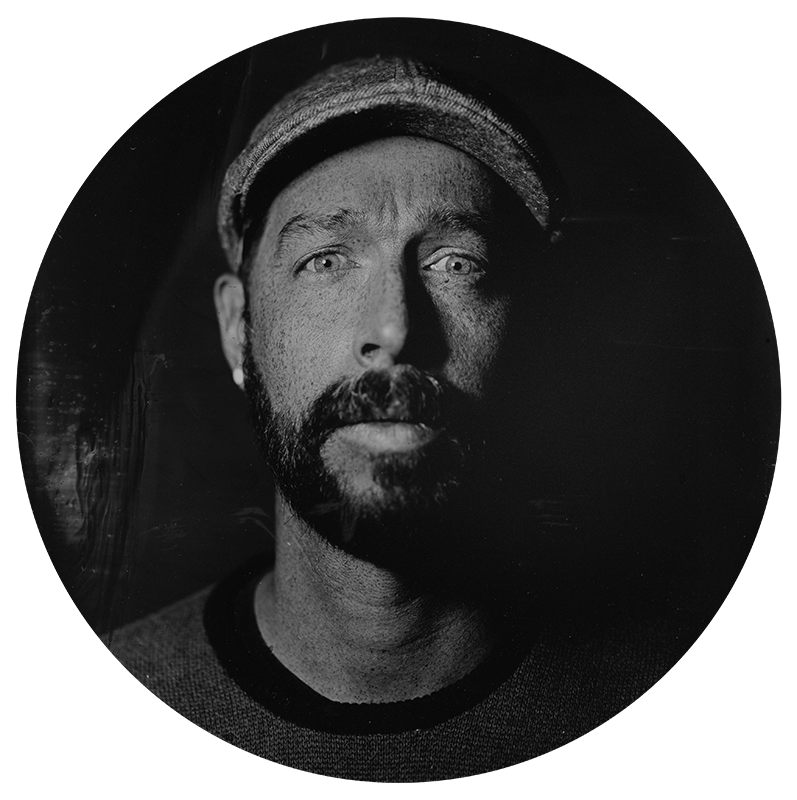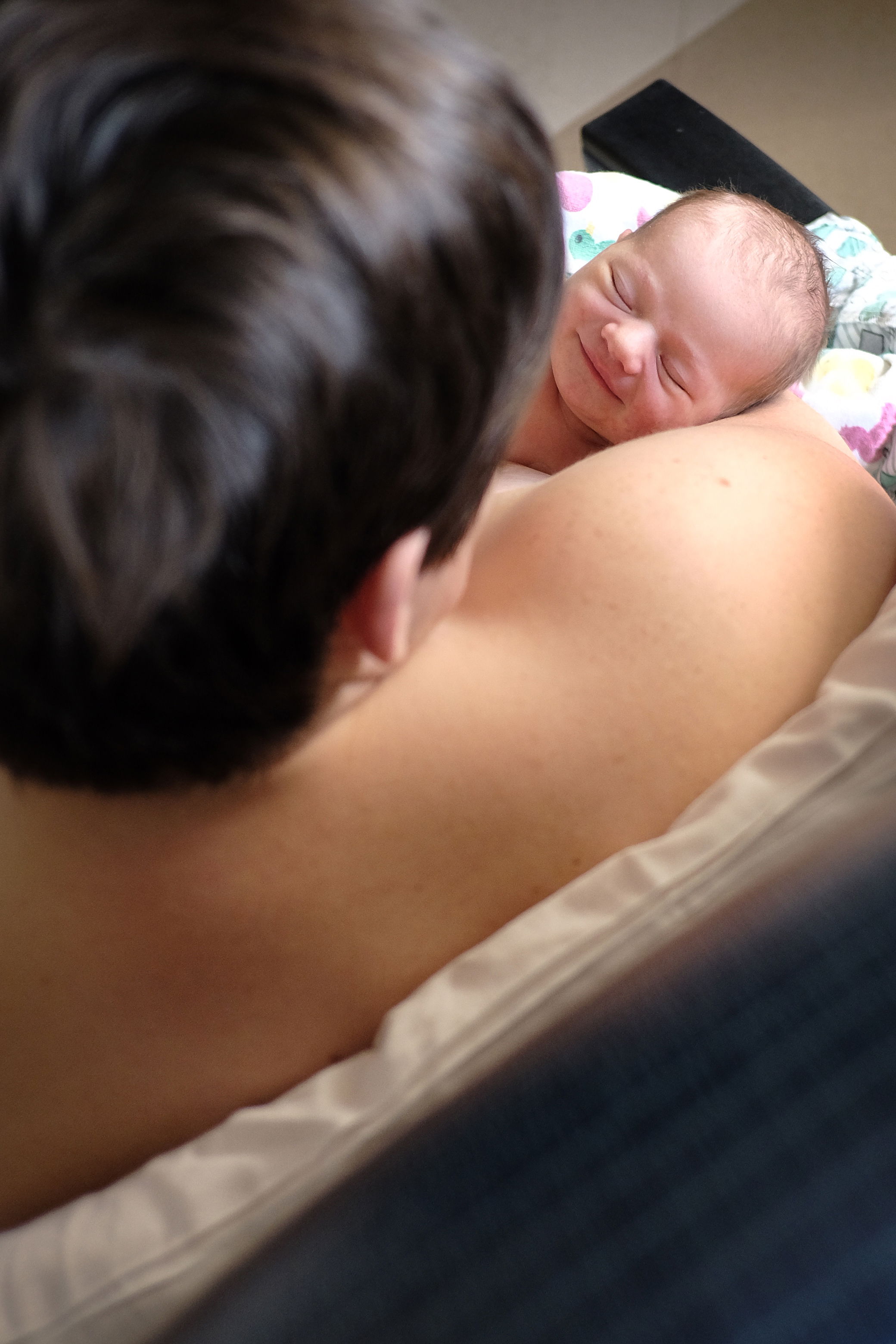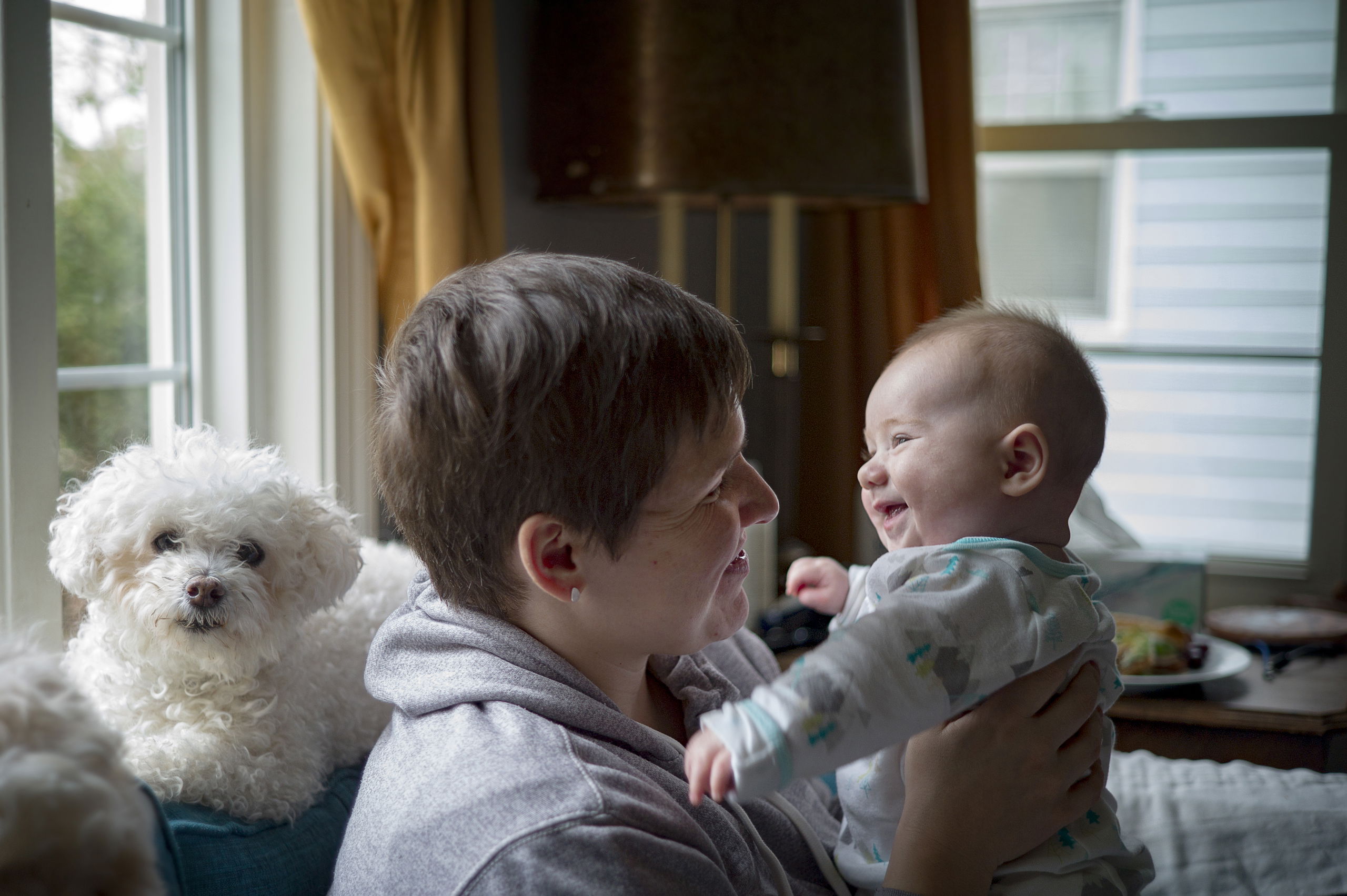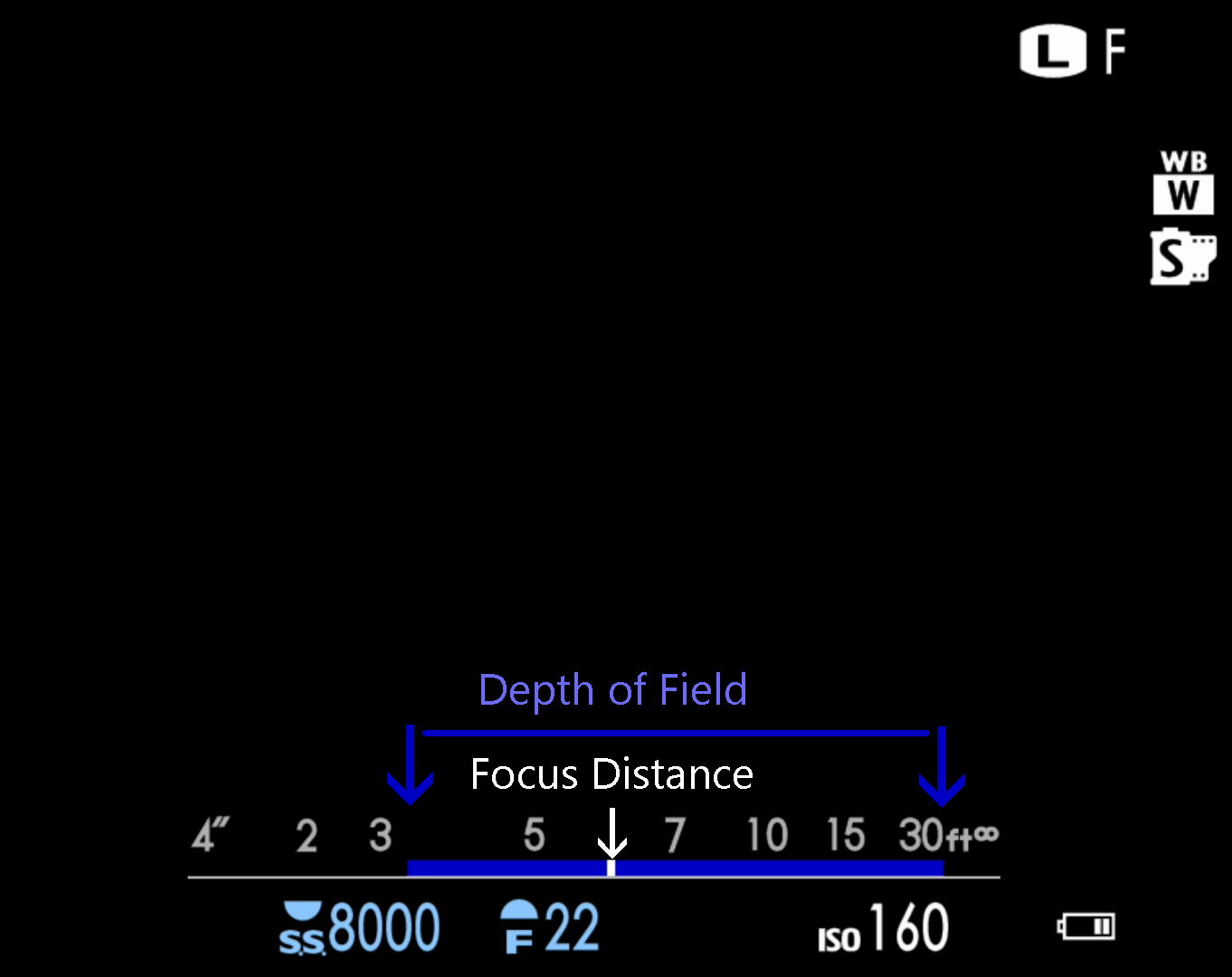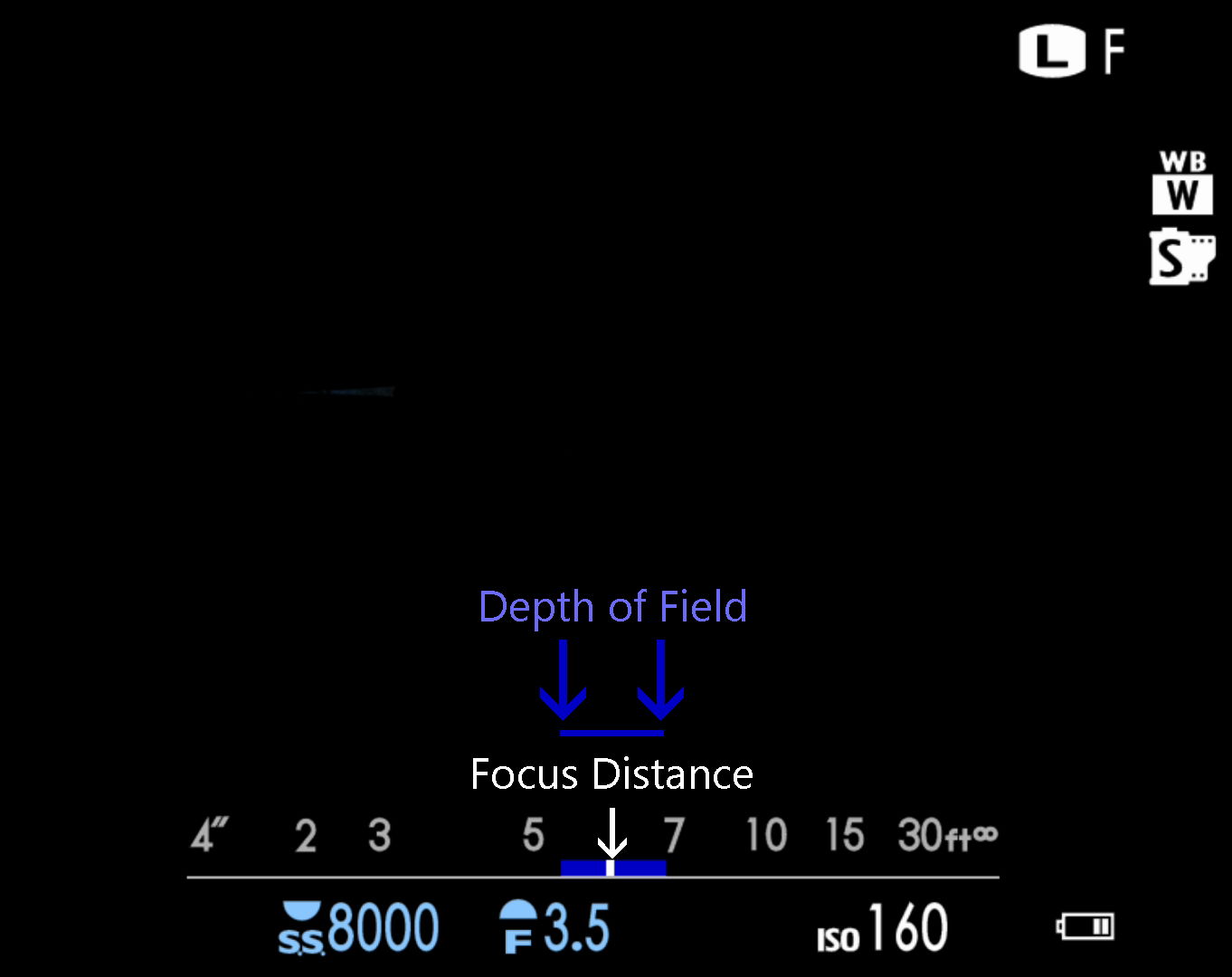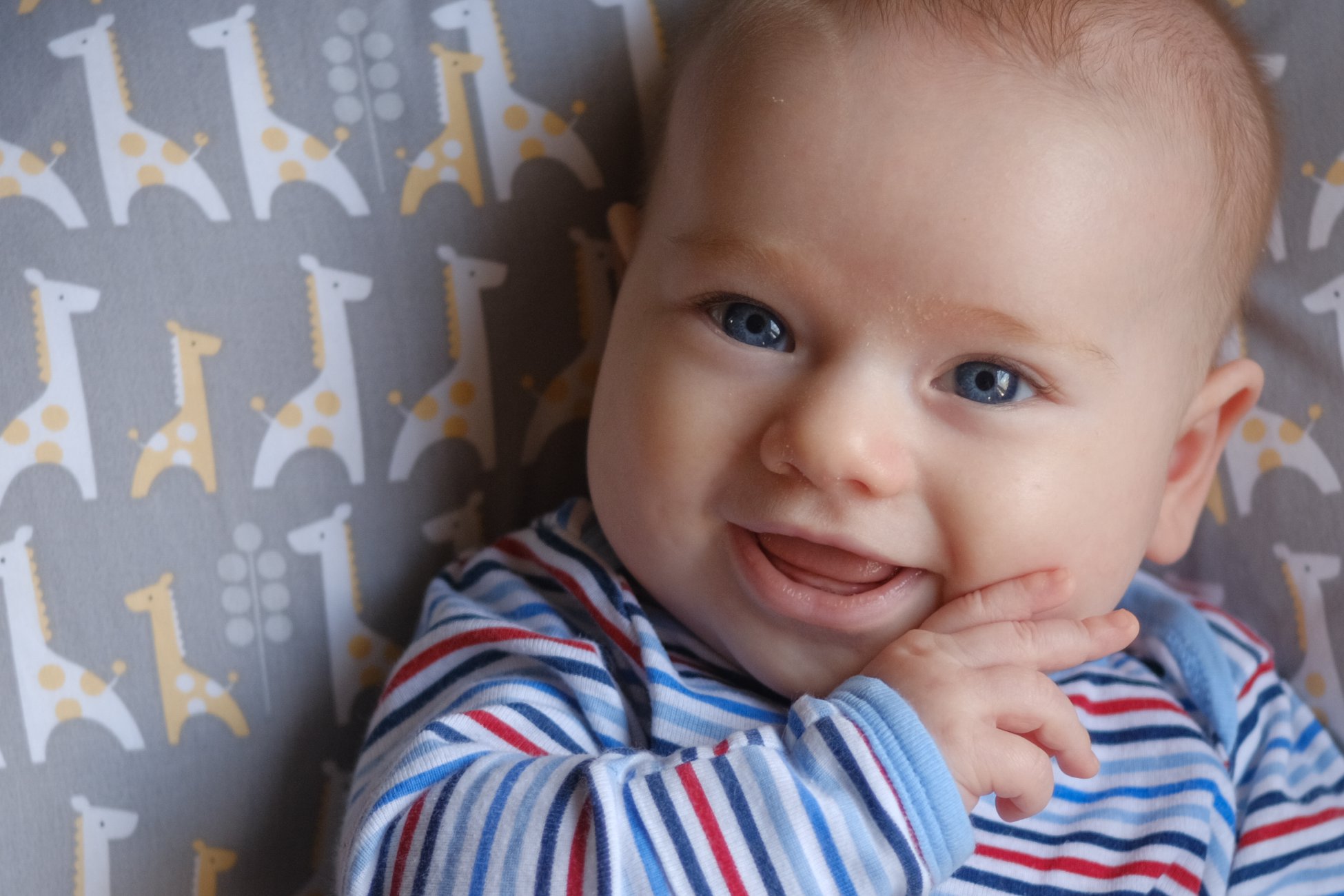Last year was a huge year for me–I sold a house, bought a house, had a baby–you know, the usual.
As a landscape photographer, I found that approaching the task of photographing my family was a completely new endeavor and needed an entirely different mindset. I could no longer take the time to set up my tripod, compose, and wait for the light–it was the complete polar opposite, actually. Now I needed to work on expression, how I was going to interact with my kiddo, and making things easier for myself so I could concentrate on being in the moment rather than fiddling with my camera in order to get an image that really captured her personality. I haven’t been a father for very long, but I thought I’d share my findings with you that will hopefully add another tool in your toolbelt.
Concentrate on your subject, not the camera
Let me get this out of the way: No one cares how you got the shot. If you made a photograph that speaks to the viewer and conjures up either a memory or emotion, they’re not going to ask you about your camera settings. If you get it in auto or manual and you photographed something you’re proud of, congrats! Obviously being able to control your settings makes it easier to capture the image you have in your head, but you shouldn’t let it dictate how you shoot. There are settings I like to control, but everything else I leave up to the camera, in this case the Fujifilm X-T4. I’ve shot with it enough to know how it handles, how it reacts, and that’s just as important as anticipating the movement and expression of your subject. Take notice of where your camera’s viewfinder is–are you right or left eye dominant–how is it affecting how your subject sees you and how you see your subject. This is why Fujifilm gives you two different series of cameras–The X-T line and the X-Pro line: the viewfinder is in a completely different place and it makes for a completely different shooting experience.
Auto-ISO is your best friend
In normal circumstances, I control my ISO. I have the time to do it…like I said before, Landscape photographer here. When it comes to capturing images of my family, that all goes out the window. The Fujifilm X Series cameras offer me three Auto-ISO settings that I use all the time. I set-up the parameters and choose one of the three that best fit my situation. It’s really dependent on the movement of my subject, in this case my daughter. The first choice is for when there is little to no movement from the subject, so when she’s sleeping. The second choice is when she’s being held, but she’s wiggling and giggling. The third choice is when she’s scooting around by herself or being bounced up and down. Think of it as slow, medium, fast.
| 1. Auto-ISO 1 |
ISO Base – 160 (The lowest ISO you want to use) |
| 2. Auto-ISO 2 |
ISO Base – 160 |
| 3. Auto-ISO 3 |
ISO Base – 160 |

Menu shown on X-T4
Menu→Camera Icon→ISO Auto Setting
ISO AUTO SETTING location will differ from camera to camera.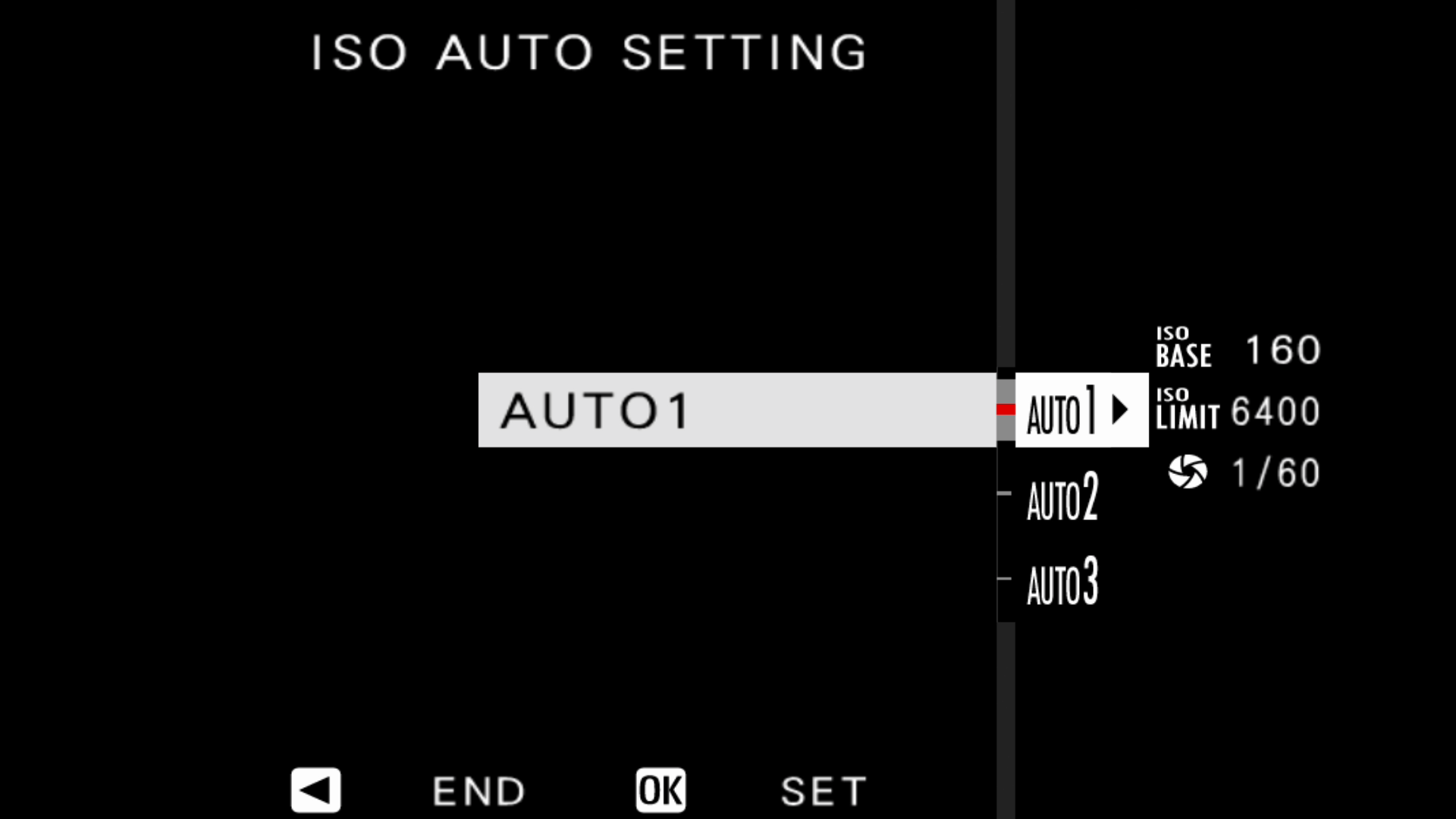
Menu shown on X-T4
Auto-ISO Menu Shown when function button pressed
Choose between Auto 1, 2, 3.
I set one of my function buttons on the camera as ISO Auto Setting so I can quickly move between these three options (I use the Fn1 button).
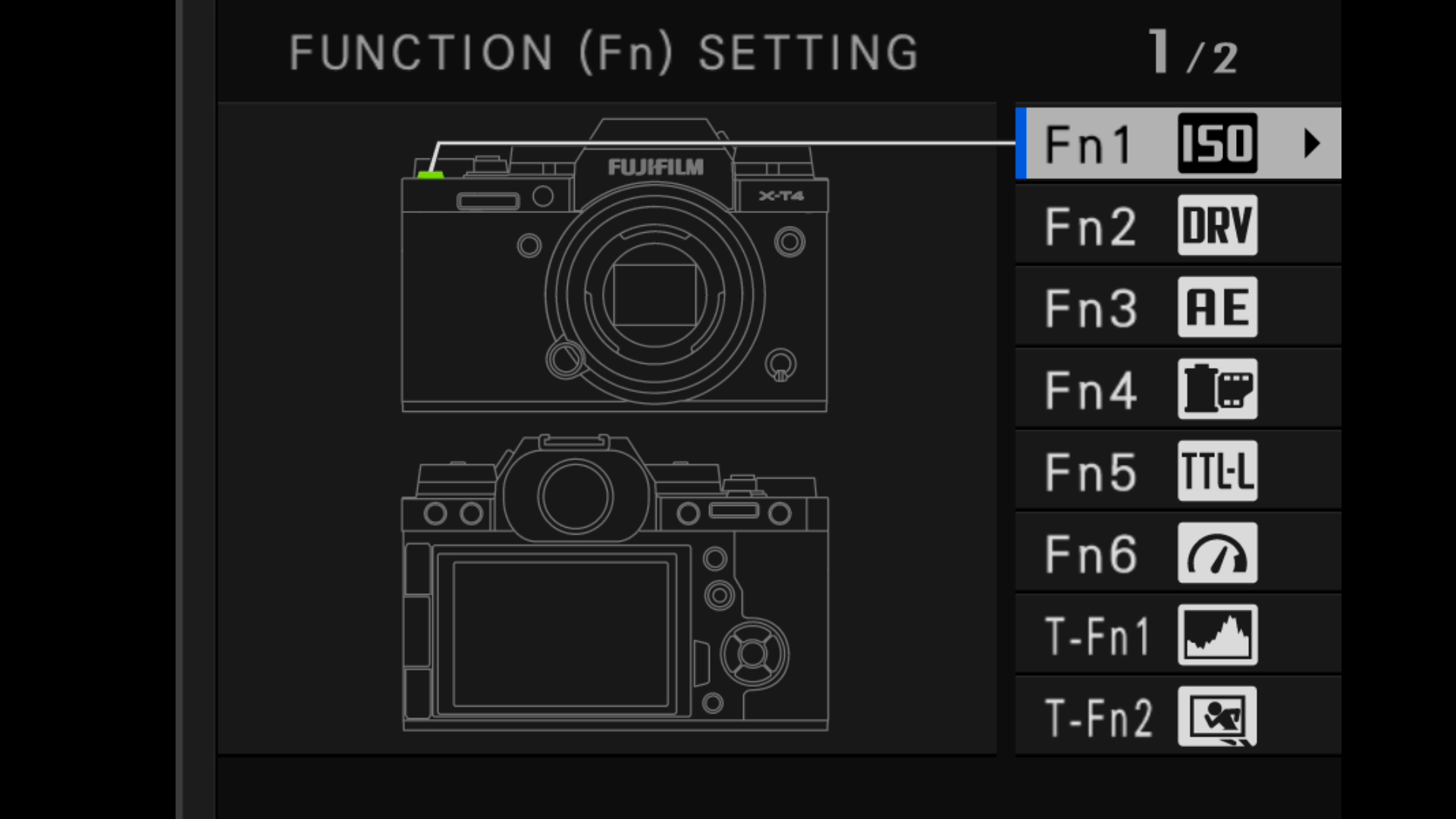
Menu shown on X-T4
This Menu can be found on most X Series cameras as follows:
Menu→Wrench Icon→Button/Dial Setting→Function (Fn)Setting
-or-
Press and hold ‘Disp Back’ button for 3 seconds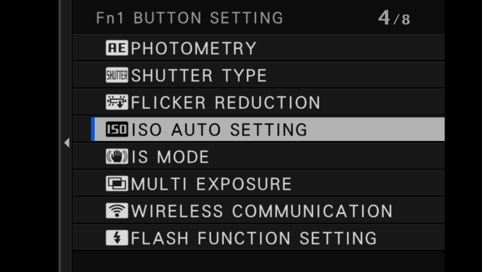
Menu shown on X-T4
ISO AUTO SETTING location will differ from camera to camera.
Keep in mind, Auto-ISO will react differently depending on what shooting mode you’re in–P,A,S,M. For formats sake, I’m going to cover what I generally use–Aperture Priority and Manual.
A – I pick the Aperture and the camera will pick the corresponding ISO to give me the minimum shutter speed (SS) I indicated. If it’s not possible to get the SS, the camera will pick the highest possible SS it can obtain (In really low light situations).
M – This is what I usually shoot. I choose both Aperture and Shutter speed and my X-T4 will pick a corresponding ISO to give me these settings. Keep in mind that I usually choose my Auto-ISO 2 or 3 option since I want it to go through the entire native ISO range. Now I can use my exposure compensation in Manual! This will regulate the exposure by lowering or raising the ISO. Now that’s one last thing to worry about, so my camera keeps me concentrating on my subject. Whew! That was a long one.
To Focus or not to Focus
Today we have all sorts of focus-assist tools from Face-finding, Subject Tracking, Eye Detection.. These all work fantastic and they make moving your focus point a lot easier, but only when used correctly. As photographers, we always struggle with clicking the button at the right time and absolutely get frustrated when there’s a delay when doing so. There are many reasons this delay can happen, but it’s generally dependent on your AutoFocus system. My X-T4 has 425 Autofocus points covering almost the entire frame, but it will only respond to what I tell it to do.
Most of the time, the delay you’re seeing is the camera not releasing the shutter because it wants to confirm focus before it fires. Normally this is a good thing right? It absolutely is, until it makes you miss that big smile right at its peak. Changing your camera’s priority on a full press will help you reduce this ‘lag time’ if you ever find it’s making you miss shots. On my X-T4, there’s an option named Release/Focus Priority(Menu→AF/MF→Release/Focus Priority). I can either choose Focus (which confirms the subject is in focus before it fires) or Release (the camera won’t wait for focus confirmation before it fires). The latter is beneficial in reducing shutter delay but at the cost of accuracy. I’m okay with this -the distance to my subject doesn’t change enough to cause me to miss focus that often.
Personally, I tend to manual focus. The Focus Assist Tools in Mirrorless Cameras (especially the broad range I have in X Series cameras) make it so much easier for me to get sharp images with virtually no shutter delay. Keeping in mind distance to subject and aperture settings will affect my depth of field, but I tend to create a ‘Focus Trap’. Fujifilm cameras have a Depth of Field Scale when you enter into manual focus mode–not only does it show me how far I’m focused into the frame, but also shows me my depth of field!
The ‘trap part’ comes into play by creating a range that will be in focus that I try to keep my subject within. Sounds hard, and it used to be, but when you visually see it on your camera, it makes manual focus so much easier.
What the Crop?
This seems obvious right? Generally, I shoot a little wider these days to give myself some room to shift my subject since I’m usually not even looking at what the camera is doing when I’m trying to get that heartwarming smile. I’m engaging my daughter–being silly and goofy–to get her to look and be playful. If I’m not looking into the frame, of course there is going to be a horizon shift or a distracting item–it makes sense that I crop it out.
This approach allows me to choose a wider focal length, then crop in later on. Also, wide angle lenses allow for large depths of field with similar aperture values depending on my distance to subject. Going back to what I said previously about manually focusing, I have more leeway of keeping my subjects in acceptable focus. Now, if your goal creatively is to isolate your subject from the background by creating a small depth of field, this is going to work against you. I find that there is a time and place for a blurry background–I just want a cute picture that I’m proud of.
Hopefully these tips will help some of you new parents out there when it comes to having more control over the look of your images. Like I previously said, there are a hundred ways of doing something right-it’s about finding what works for you. Family photos are meant to reflect life so I keep my images as candid as possible (though I’m known to have an ability to make my daughter smile) and if that’s goofy or serious, I want to also be in that moment, rather than fiddling with something.
